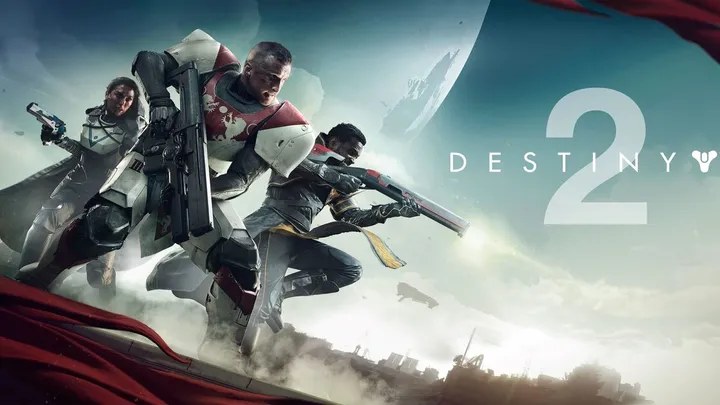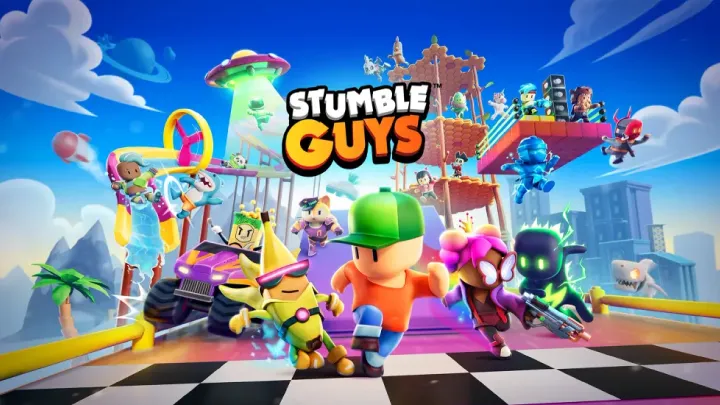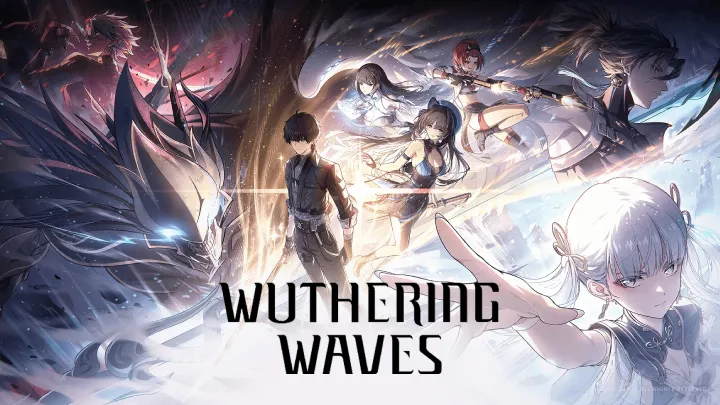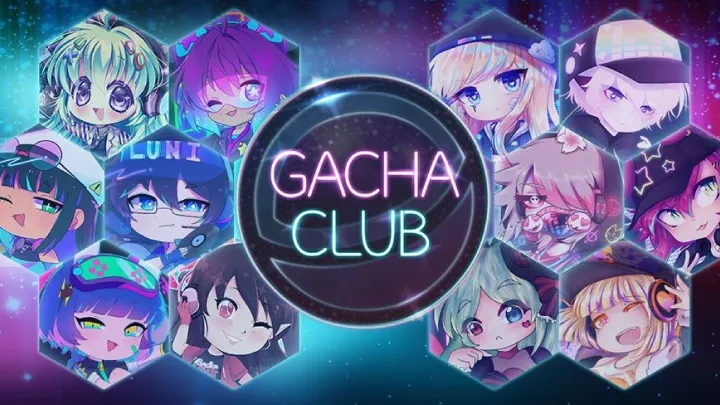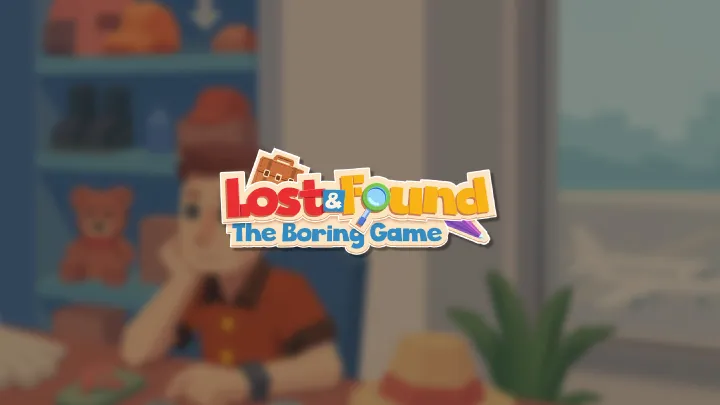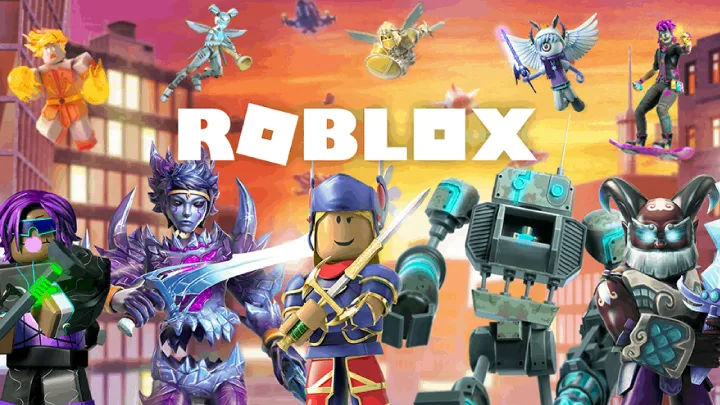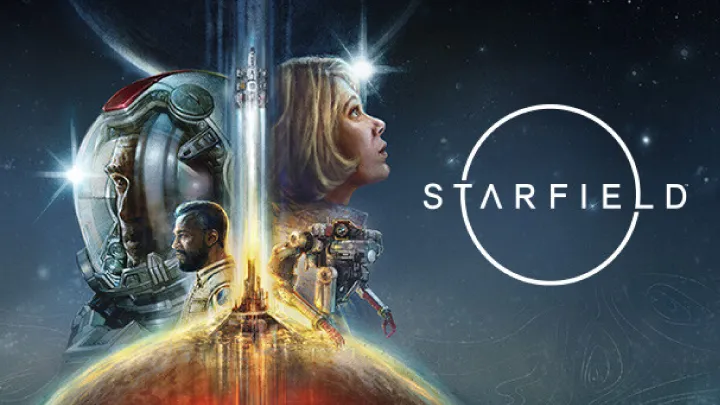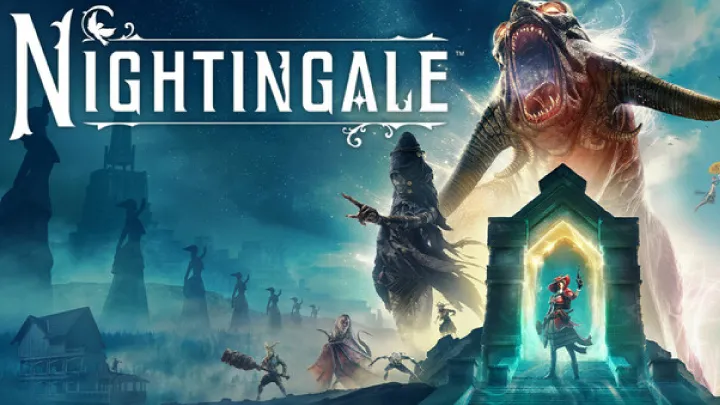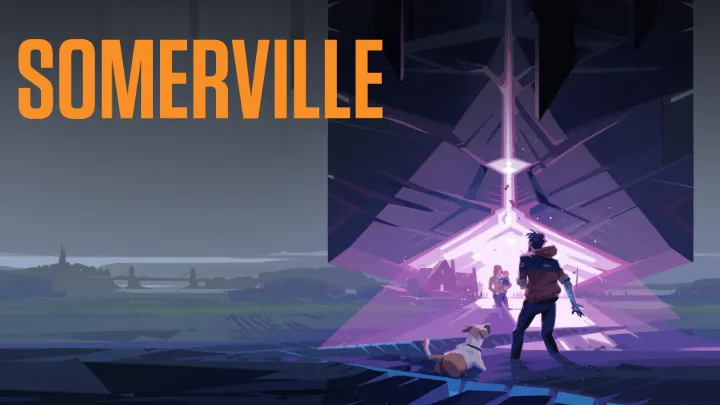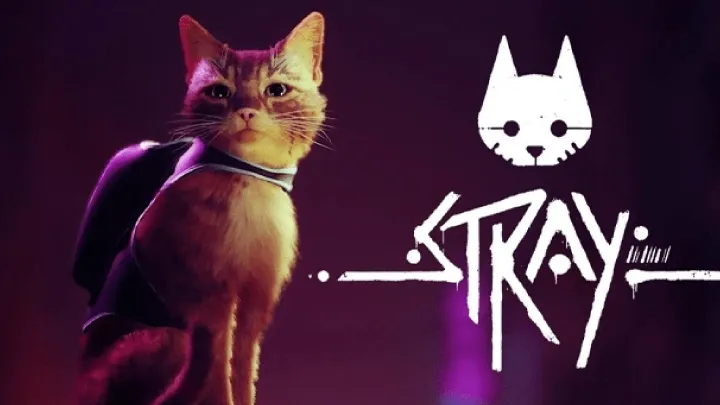Stumble Guys: A Thrilling, Chaotic Adventure in Every Fall
1. Introduction – Welcome to the Wobbly World of Stumble Guys
Imagine a game where chaos, color, and calamity converge in riotous fun. That’s Stumble Guys—a free-to-play multiplayer party-battle-royale where clumsy characters navigate absurd obstacle courses, bump into each other, and race to be the last one standing. From its mobile roots to cross-play on PC and upcoming consoles, the charm lies not in perfection, but in the joyous disorder it offers.
Developed by Kitka Games and published by Scopely, Stumble Guys has grown into a phenomenon. It evokes echoes of Fall Guys, but confidently carves out its own identity through frequent updates, accessible platforms, and an ever-expanding roster of creative modes and collaborations. This review explores every tumble, triumph, glitch, and grin along the path to the crown.
2. Gameplay & Mechanics – Slip, Trip, And Laugh
At its heart, Stumble Guys is simple: control your “Stumbler” through levels brimming with obstacles, hazards, and unpredictable physics, all while surviving elimination rounds. Matches begin with up to 32 players, whittled down through successive rounds until only one remains victorious.
What makes it shine:
- Fast-paced action: Matches are short and frenetic—perfect for quick bursts of chaos.
- Accessible controls: Mobile-friendly inputs, intuitive movement, and simple jump/dive mechanics make it easy to pick up.
- Varied obstacles: Courses mix traditional platforming with ice, water, shifting floors, and novelty setups like “the floor is lava” or themed gauntlets.
But here’s the kicker:
Many players note that controls often feel “slippery” or “floaty,” making precision tricky—sometimes intentionally so for comedic effect, but occasionally frustrating.
3. Content & Modes – Creative Chaos
One of Stumble Guys’ greatest strengths is its sheer variety. Updates consistently deliver new modes, events, and collaborations—far outpacing some competitors.
What’s on offer:
- Classic modes: Race, Elimination, Team, Collection, Driving, First-Person Stumble—each with its own twist.
- Special events: Limited-time modes like Floor-is-Lava and Banana Bonanza, plus crossover themes (e.g., My Hero Academia, SpongeBob, Hot Wheels).
- Custom games & Clubs: From version 0.89 onwards, Clubs allow players to team up, compete in tournaments, earn rewards, and show off in community leaderboards.
The update cadence is impressive—new maps, cosmetics, and modes appear regularly, keeping the experience fresh.
4. Visuals & Sound – Colorful and Catchy, with a Few Dings
Visually, Stumble Guys favors bright, cartoon-style graphics—playful and whimsical, but not high-end. It’s not aiming for realism; the charm lies in its lighthearted presentation.
Pros:
- Vibrant aesthetics: The worlds are colorful, fun, and full of personality.
- Skin variety: From mundane to legendary, including licensed characters and pop-culture icons.
Cons:
- Repetitive soundtracks: Many users complain about looping background music that grows tiresome.
- Minor visual polish issues: Character animations can feel stiff, and some aspects lack refinement compared to higher-budget titles.
5. Monetization – Free to Play, but With Caveats
Stumble Guys is free to download and play—but, like many mobile titles, monetization exists.
What’s included:
- Battle Pass and cosmetics: Earn or spend gems/tokens for skins, emotes, and animations—ranging from Common to Mythic.
- Microtransactions: Easily available for users who want quicker access to cosmetic rewards.
Community concerns:
Some players criticize “pay-to-win emotes”—special animations (like punches or hugs) that affect gameplay by, for instance, pushing others or picking them up. This has sparked debate—are these merely cosmetic flourishes, or do they create unfair advantages?
Meanwhile, others argue gems can be earned with patience and strategy—meaning spending money isn't strictly necessary.
6. Technical Performance – Smooth Sailing … Mostly
Performance varies by platform but tends to be adequate, especially on well-powered devices.
Strengths:
- Console performance: On Xbox Series S/X, Stumble Guys runs smoothly without noticeable slowdown or crashes.
- Accessible across platforms: Mobile, PC, and console (with cross-play) make it widely available.
Drawbacks:
- Server instability: Reports of freezes, crashes, or disconnections—usually during time-limited events—affect play continuity.
- Lag complaints: Especially from mobile users, lag can interrupt gameplay, especially in ranked or high-stakes matches.
- Possible bots: Some players report AI-controlled opponents in early rounds, which can dent the authentic multiplayer feel.
7. Comparison & Community Reception – The Fall Guys Rival
Although clearly inspired by Fall Guys, Stumble Guys has earned its place, especially among mobile and free-to-play audiences.
Critical observations:
- It’s been dubbed a “decent alternative” and praised for its fast matchmaking and customization options—but server issues and bland music remain common complaints.
- Reviewers note its technical polish on consoles and creative variety, declaring it “worth celebrating” for carving its own niche.
Community voices include both praise and criticism:
“Stumble Guys controls are way too loose and slippery… and that is the game’s biggest annoyance…”
“They do seem to add new content… and the collaborations… are pretty impressive.”
Opinions are mixed:
- Some label it “a bad clone,” citing bugs, glitches, repetitive music, and crashes.
- Others praise its cross-platform accessibility and steady content updates.
8. Final Thoughts – Should You Try Stumble Guys?
Here’s how I’d sum up this wobbling wonder:
Why you’ll love it:
- Chaotic fun: Fast, unpredictable, and perfect for loading into when you want light-hearted mayhem.
- Creative depth: Frequent updates and inventive event modes keep it fresh.
- Wide accessibility: Mobile, PC, Xbox, with promises of Switch support—plus cross-play.
- Stylish customization: Tons of skins and emotes—including legendary pop-culture collaborations.
- Free to play: No upfront cost; content is earnable.
Things that could trip you up:
- Control quirks: Some will find the slippery mechanics more annoying than amusing.
- Pay-to-win concerns: Gameplay-affecting emotes may upset competitive fairness.
- Technical issues: Lag, crashes, and possibly bots can diminish the multiplayer allure.
- Repetitive audio: Music may wear thin fast—turn volume down if needed.
9. A Final Word
Stumble Guys isn’t flawless. It leans into chaos, sometimes a bit too literally, and doesn’t shy away from its mobile-game shortcomings. Yet that’s part of its charm. It invites mishaps, laughter, and absurd victories. It’s a party, and your clumsy, customizable character is invited.
If you’re after polished perfection, you might feel the slip. But if you want zany, colorful, drop-in-and-play multiplayer fun that evolves constantly—and you don’t mind a few glitches—you’ll likely find yourself stumbling time and again.
In the end, Stumble Guys is a testament to playful perseverance: it stumbles, we giggle, and we keep coming back—because sometimes, falling is its own kind of triumph.














